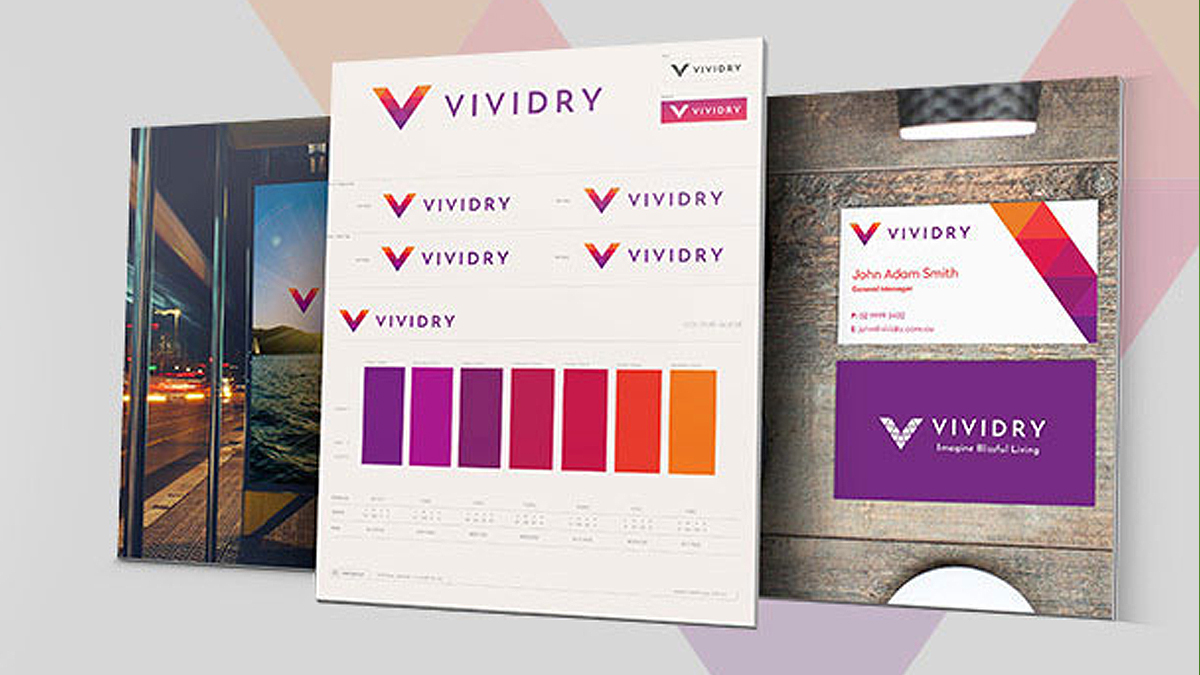Brand Positioning and why it is crucial for your business
Brand Positioning is a term coined by Al Reis and Jack Trout some 30 years ago in their book titled Positioning: The Battle for Your Mind, 20th Anniversary Edition Some things have certainly changed, but the principles still remain true. And while they may be speaking directly to businesses competing in an oligopoly with the directive to own a single word in the mind of your market, where it is simpler to do so, owning a distinct value position is just as important in a market of any other size.
What is Brand Positioning?
It is the distinct meaning, feeling or promise that is immediately associated in the mind of your market when they hear or see your brand.
Brand Positioning starts with understanding who the key potential clients are that you can provide greatest value for. Then knowing where to find them, what the optimal price point is, and the single most distinct and untapped story, or key attributes, that when used correctly will get them to buy from you over your competition, whether or not they are in the market to buy right now.
Armed with these insights, you then build a remarkable brand identity (logo, packaging, marketing material, etc), culture and value proposition that distinctly addresses each of the key discoveries to position your business as the only reasonable choice for these prospects.
So, how do you do position your brand?
Research
Study your clients, prospective clients and your competitors.
Define your main key buyer profiles or personas. It is common to have a hand full of different key buyers. Create a written profile – a buyer persona – for each of these buyers by asking questions like: Who they are? What are their responsibilities and challenges? How do your solutions fit for their particular challenges? What are their buying influences? And anything else that helps you understand how to sell to this buyer. It is helpful to give each buyer persona a name and describe their physical characteristics. Use these buyer personas as the target for your business communications. For more great information and insights into creating buyer personas I recommend you visit: webinknow.com and buyerpersona.com
Understand the true value of what you provide. Poll your current clients to learn where they believe you have provided them the most value and how they would explain it to a friend or colleague in their own words. At the same time you may also want to check the relevancy of your offerings for them at this time.
Talk with your prospective clients to see what value they are looking for from your business. Your prospective clients can tell you what they need or want which you are not currently offering. The answers may uncover a real void in the market just waiting for you to fill it. In some cases this could open up a completely new niche category for you to create and own.
Study your competition to know what the stories and value propositions they are using so you can understand the landscape and be able to be unique or distinct when creating yours.
Learn what other leading brands servicing comparative price points in different industries look like to your client. Consider their style, aesthetics and level of quality of design.
Create
Find the single most distinct and untapped value statement and build your brand around it.
These next processes can be very challenging. It is helpful to remember that while you are very important to your business, you are in most cases not the buyer of your offerings, so you need to step outside of your perspective during this stage and take the perspective of your primary buyer persona. It is also quite valuable to put together an advisory board of some of your clients and prospects to use for regular feedback during the development of these elements.
All the research you have done has given you a wealth of information to use to create your value proposition. More on value propositions here. A value proposition is your core brand story. It is the collection of reasons your clients buy from you. In it you differentiate your business from your competition and articulate the distinct value you provide, substantiated with examples of how you have helped similar businesses to those you are targeting. With a strong value proposition you are most of the way there and you lay the foundation for all your marketing efforts.
Next create a distinct, compelling and a sticky tagline (See Made to Stick: Why Some Ideas Survive and Others Die) or core message (sticky: short, succinct, easily visualised, interesting and immediately memorable). This should be an ultra-condensed version of your value proposition, ideally around three words long. This becomes the essence of your brand position.
Then build your brand identity and collateral material to look like you belong in the price bracket you are aiming at. The quality level communicated by your brand, in each and every client contact point, will impact on the price point you can demand.
Deliver
Make every aspect of your business clearly and authentically communicate your core message.
This means every single point of contact that your clients can encounter with your business needs to be consistent. From your signs, brochures, website, through to your on hold audio, it all needs to be about delivering your core message. This especially includes the way your staff interacts with your clients. Engraining your core message (by way of core values) into your company culture and then hiring specifically to fit it, can in some cases be more important than any other single touch point.
Evolve
Frequently check the pulse of your brand and evolve to fit the changes that naturally occur.
This is about staying current and relevant with your brand position and your offerings. A simple way to do this is continue to talk with your current and prospective clients regularly to see what they believe the value you provide is and that it is still relevant to them with the changing time. They can tell you what you are not currently offering that could help them which may turn into a completely new niche category for you to own. It is about listening for the new possibilities and evolving your brand position to suit.
I look forward to the questions that arise. Feel free to ask them below, or email me directly.












 Being a B Corp now guides decisions about our projects, and who we choose to do business with. We soak it all in, and squeeze out the goodness.
Being a B Corp now guides decisions about our projects, and who we choose to do business with. We soak it all in, and squeeze out the goodness.
Hello Luke
I’ve just read your article and congratulate you on a well explained page. Your website looks terrific. Your business seems to have grown exponentially since you completed the mentor program at sutherland bec.
Well done..
Hello Luke
I’ve just read your article and congratulate you on a well explained page. Your website looks terrific. Your business seems to have grown exponentially since you completed the mentor program at sutherland bec.
Well done..
[…] 4. Brand Positioning and Why It Is Crucial for Your Business @spongesydney […]